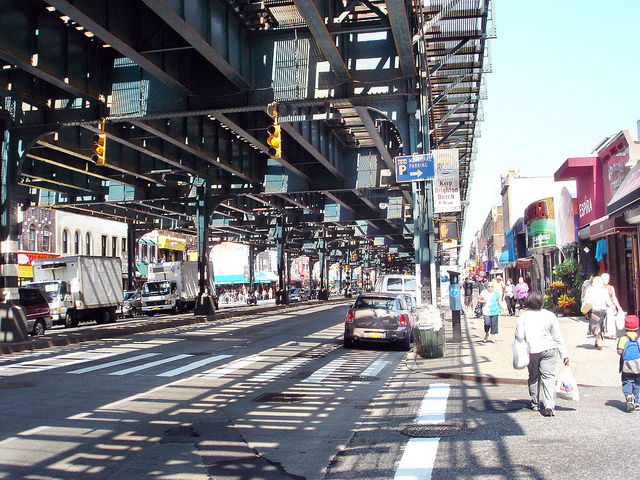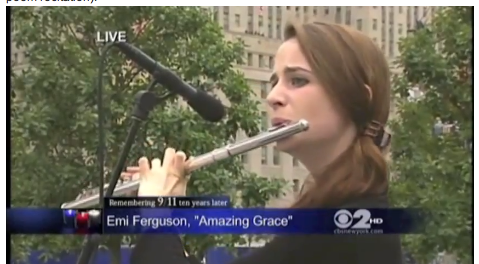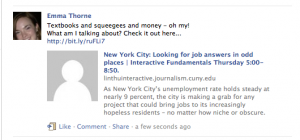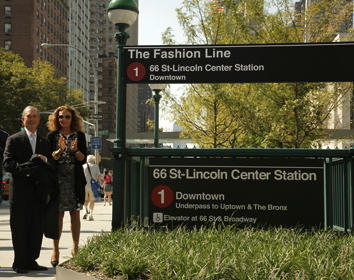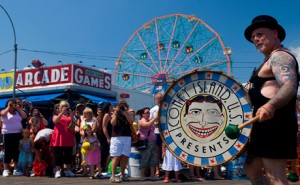On November 18, an estimated 2,000 people turned out in downtown’s Foley Square to protest the rising trend of Islamophobia in New York City – from police harassment and surveillance, all the way down to smaller, everyday incidents, bigoted comments or strange looks on the street.
The latest survey put out by the mayor’s office suggests that a full 80 percent of NYC’s 600,000 Muslims have experienced some sort of discrimination and harassment in the city. Four-fifths of those who said they’d faced prejudice didn’t report the incidents to the authorities, out of fear – fear that they wouldn’t be heard, or worse, that they would be further discriminated against.
Hate crimes against Muslims, too, are on the rise: After falling steadily since their peak in 2001, in 2010 the number jumped by nearly half from the year before.
As New York City’s Muslim community struggles to stop the hate and the bias, hear from two women who’ve experienced the harassment themselves. The video below spotlights the stories of Khadeejah Bari and Sundus Arain, both students at New York University and active members of the college’s large, involved Islamic Center.

